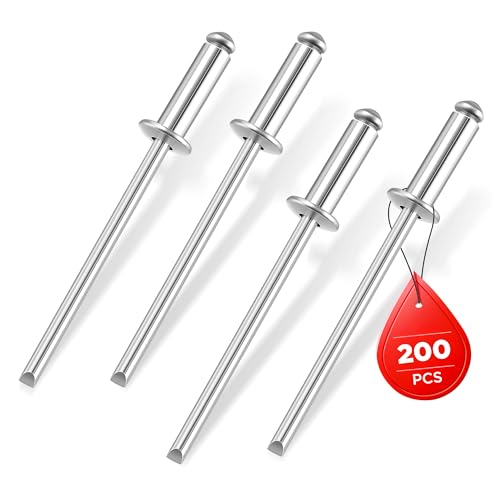Group 3- everthing else. Livewell pump, livewell airator pump, accessory outlets, general boat lighting, radio, fish finder, GPS, etc. To calculate the proper size wire to run from the battery to the switch panel you need to know the load of each circuit on the panel, most panels will have a maximum rated load, wire according to that.
All of the wiring in group 3 can be accomplished with 16 gage unless your boat is more than 20' long, except the wire feeding the switch panel. A #10 or #12 should be sufficeint. I used 25' of trailer wiring for all my group 3 wiring needs. It's $10 for 4 conductors 25' long. Each wire is color coded, and they are attached to each other, make running them much easier.
you need a fuse or circuit breaker for each circuit. I would put the livewell, and airator pumps on thier own circuit, motors draw more power when starting than they do while running.
I would put the fishfinder on its own circuit, they get goofy when you introduce them to "noise" in the electrical. Noise comes from motors.
This is getting pretty confusing isnt it.
Its really simple if you think of each device and it circuit one at a time.
Simple cicruit= battery, wire, fuse, switch, device (light, Fishfinder, motor, etc).
Power runs from positive to negative. One wire brings the power and the other returns it to the battery. The fuse protects things from starting a fire in case of a short, the switch allows you to control when its on/off. Its taht simple.
I think its about page 5 of my build, build link in my sig.






















































